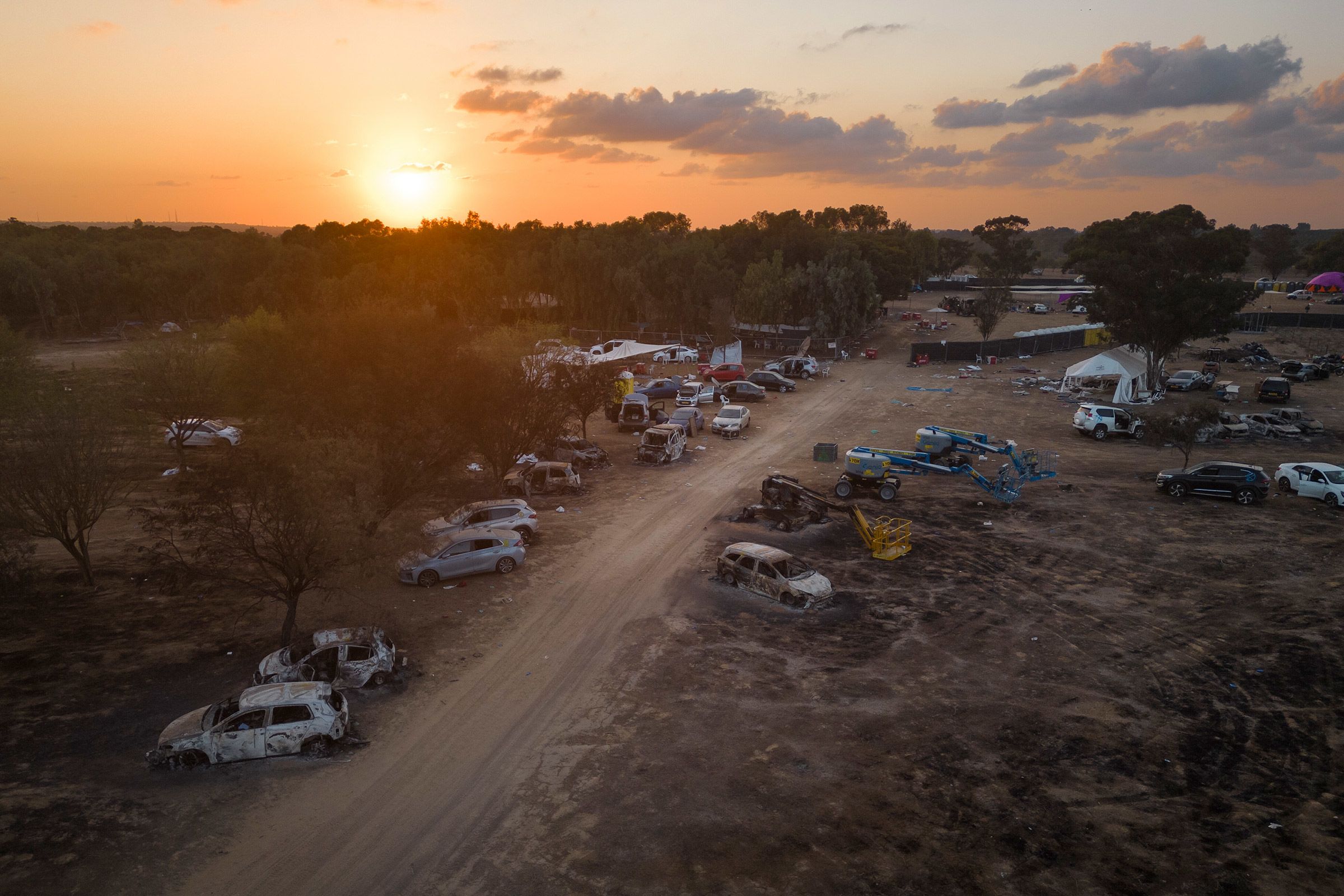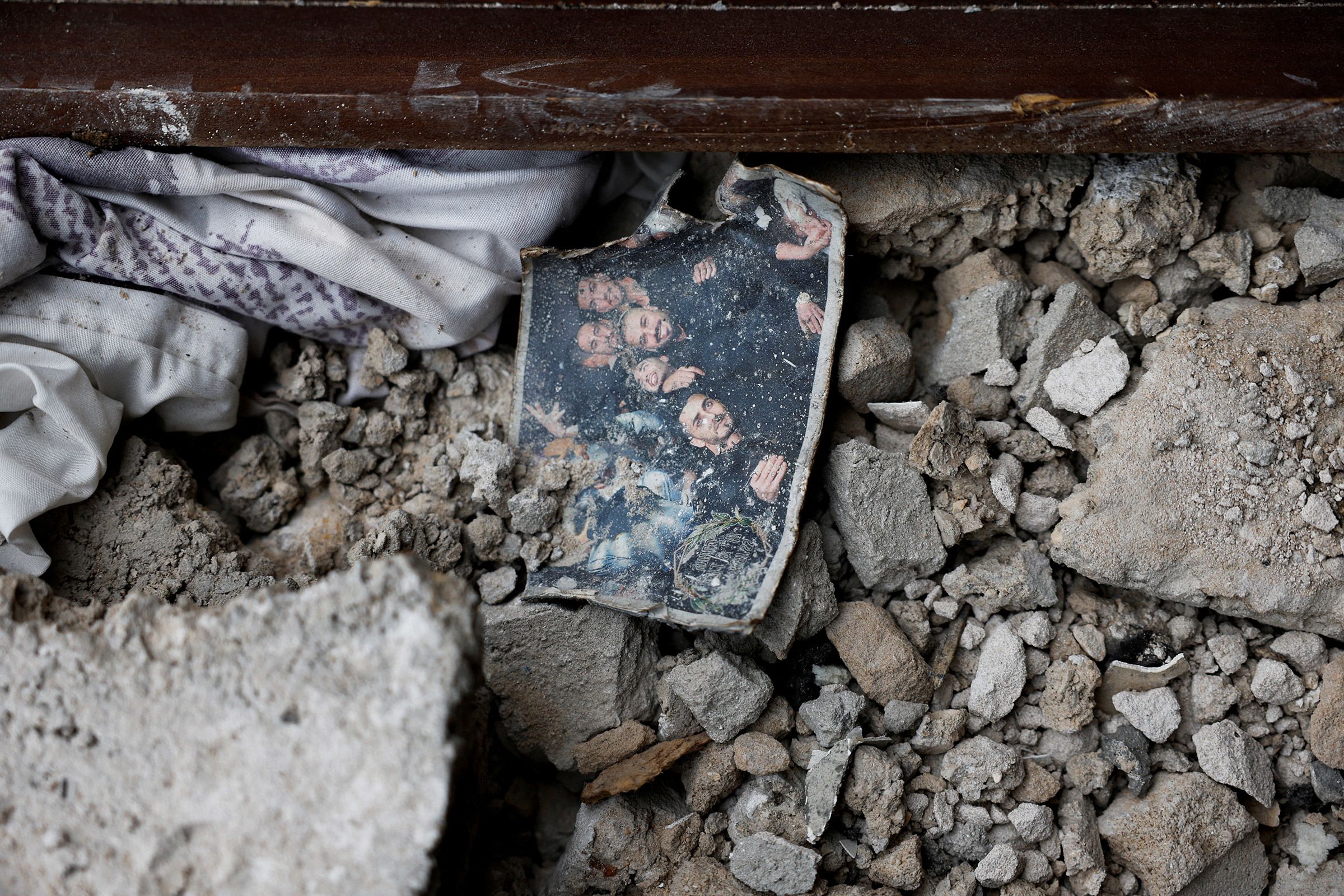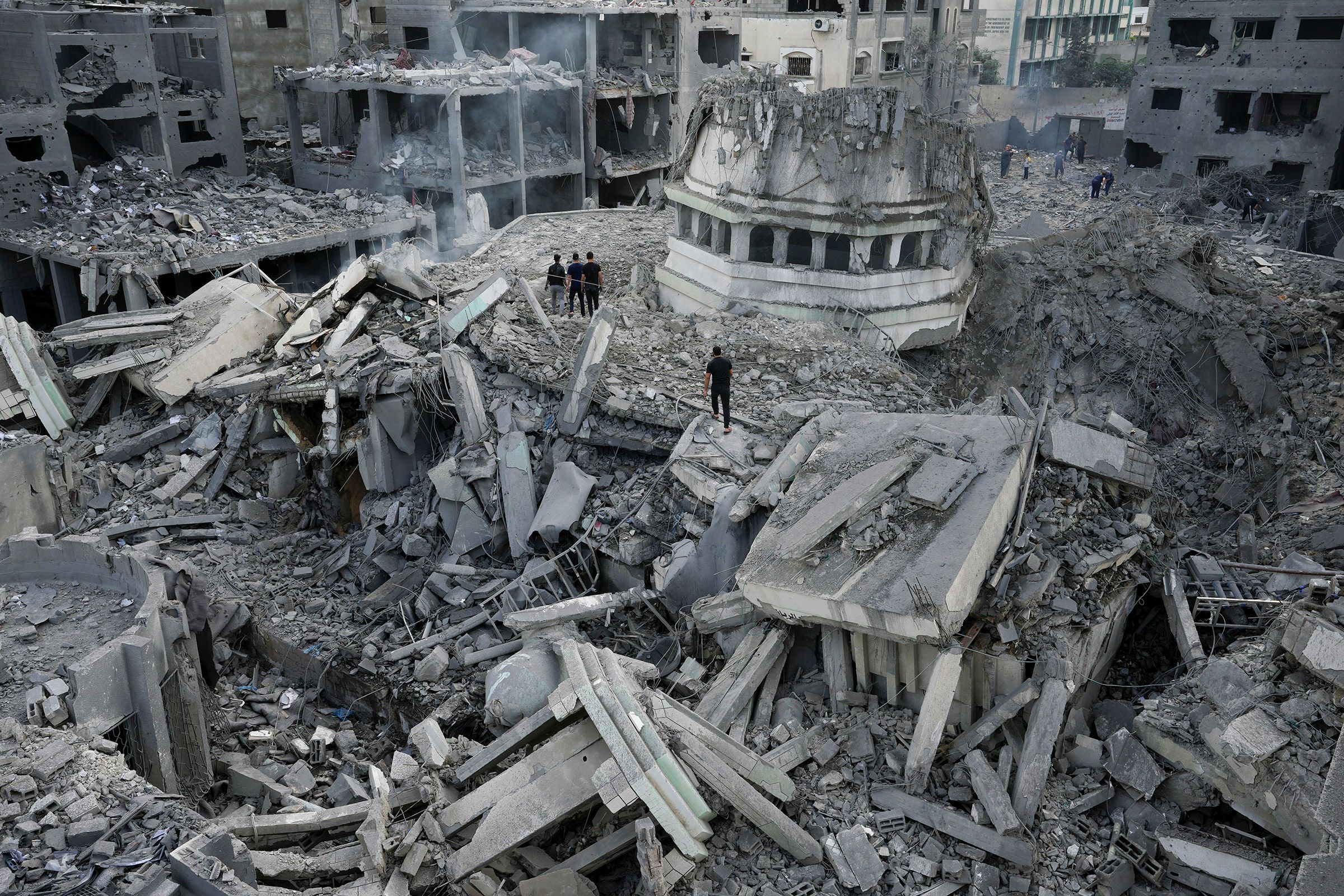Defining images of Israel-Hamas war
In the early hours of October 7, 2023, Hamas launched a devastating air and ground assault on Israel, resulting in over 1,200 fatalities and the abduction of 250 individuals, Israeli officials reported. Israel responded with a comprehensive military campaign against Hamas, which has reportedly led to more than 40,000 Palestinian deaths in Gaza, according to the Gaza Ministry of Health.
The residents of Gaza, already suffering from severe shortages of essential resources such as food, clean water, electricity, and medicine due to over three decades of Israeli restrictions, have faced dire conditions. Many Palestinians live in refugee camps after enduring generations of displacement, Caliber.Az reports via foreign media.

Since the onset of the conflict, countless images have emerged: deceased individuals lying on the ground near Israeli bus stops, terrified Palestinian children seeking shelter from rockets, an Israeli woman fleeing as sirens sound, and young girls in Gaza surveying the ruins of their homes.

Photographers have risked their lives to document these events. According to the Committee to Protect Journalists, at least 116 journalists have lost their lives during this conflict, marking the deadliest period for reporters since 1992. Among them, 111 were Palestinian, two were Israeli, and three were Lebanese.
Ziv Koren, a seasoned photojournalist, was awakened by emergency sirens on October 7 and immediately took to the streets of Tel Aviv to capture the unfolding situation. Initially struggling to grasp the severity of the situation, he was stunned by the devastation caused by Hamas.

Palestinian photographer Samar Abu Elouf has been at the forefront of documenting the conflict. She expressed her emotional turmoil over photographing corpses, emphasizing their humanity. “These are people who had hopes of living another day,” she reflected in a CNN interview.

As the anniversary of this ongoing war approaches, Koren remains committed to the power of photography, stating, “I still go out every day—19 hours each day. This is for future generations to see that these are visual documents.” He has taken nearly 350,000 images in the past year, capturing history as it unfolds, insisting that such documentation is essential.








